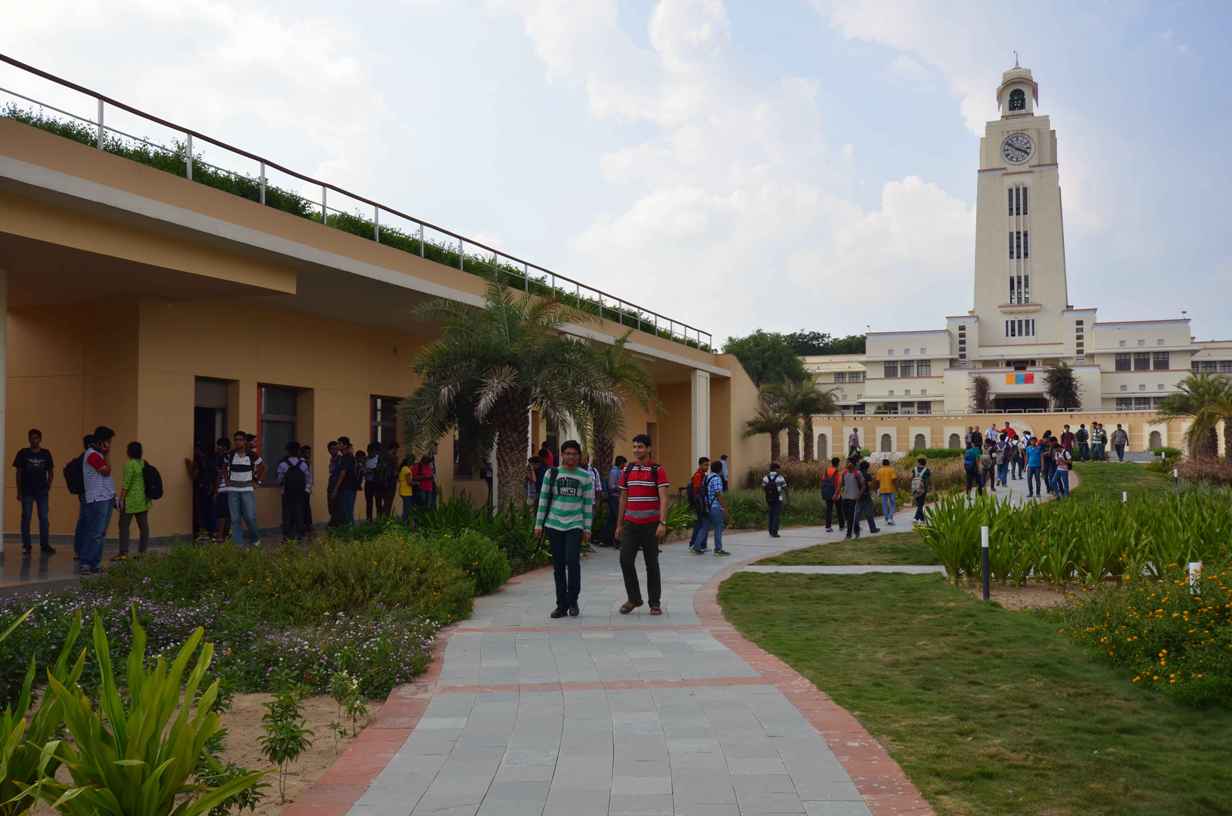Bhubaneswar : In climate change scenarios, there is a rapid rise in the intensity and frequency of heavy rainfall events over the Indian region. These heavy rainfall events (HREs) have significant consequences and have a profound impact on our society. However, accurate rainfall prediction with adequate lead-time is an immense challenge for the current state of art dynamical models. Furthermore, this problem is exacerbated over complex mountainous terrains. State-of-the-art traditional numerical weather prediction (NWP) models and their ensembles, while useful, often struggle with accurately forecasting such events due to the intricate topography and varied climate patterns.
To overcome these limitations, for the first time, IIT Bhubaneswar has developed a hybrid technology integrating the output from the Weather Research and Forecasting (WRF) model into a deep learning (DL) model to enhance prediction accuracy particularly with an aim to improve prediction of heavy rainfall events with an adequate lead time. The studies were carried out over the complex terrain of Assam (highly vulnerable to severe flooding) during June 2023 and over the state of Odisha where heavy rainfall events are highly dynamic in nature due to the landfall of multiple intense rain bearing monsoon low-pressure systems. In Assam, the hybrid model displays prediction accuracy that is nearly double that of traditional ensemble models at a district level with a lead time up to 96 hours, showcasing its remarkable performance. These innovative studies have been carried out using retrospective cases. (Ref: https://x.com/iitbbs/status/1817778185716846928)
To demonstrate the robustness of the aforementioned technology for real time situations over complex terrain of Assam, in another ground-breaking study, researchers from the IIT Bhubaneswar have demonstrated a significant leap in accurately predicting heavy rainfall events over the region in real-time, using deep learning techniques. The study titled “Minimization of Forecast Error Using Deep Learning for Real-Time Heavy Rainfall Events Over Assam”, published in IEEE Xplore, has revealed that integrating DL with the traditional WRF model dramatically improves forecast accuracy for heavy rainfall events in real-time, a critical advancement for this flood-prone mountainous region like Assam.
Between June 13 and 17, 2023, Assam experienced severe flooding due to heavy rainfall. The DL model was able to more accurately predict the spatial distribution and intensity of rainfall across at districts scale. The research employed the WRF model to generate initial weather forecasts in real time, which were then refined using the DL model. This method allowed for a more detailed analysis of rainfall patterns, incorporating a spatio-attention module to better capture the intricate spatial dependencies in the data. As discussed, the model was trained using data from past heavy rainfall events from multiple ensembles outputs as well as observations from India Meteorological Department (IMD), to improve its accuracy.
Key Findings:
- District-Level Precision: First of its kind in real time to improving forecast skills on a district-scale.
- Enhanced Prediction Accuracy: The DL model demonstrated a notable improvement in forecast accuracy, capturing 54.4% of HREs compared to the WRF model’s 22.8%. The DL model also achieved a mean absolute error (MAE) of under 30 mm, significantly lower than WRF’s over 50 mm MAE for days 2–4 of the forecast period.
- Technological Innovation: The research introduces a U-Net model with a spatio-attention (SA) module that captures intricate spatial dependencies of rainfall features at district scale.
The findings these pioneering studies clearly demonstrate the immense potential of artificial intelligence in improving real-time weather forecasting, particularly for heavy rainfall events in the complex terrains over the Indian region. This advancement is crucial for mitigating the impacts of natural disasters and public safety. Additionally, these pioneering works will also serve as a guiding light in creating analogous hybrid models for other intricate topographical terrain areas such as the Western Himalayas and Western Ghats regions of India. A team comprising Dr. Dhananjay Trivedi, Dr. Omveer Sharma, Dr. Vivekananda Hazra, Dr. Sandeep Pattnaik from the School of Earth Ocean and Climate Sciences and Dr. Niladri Bihari Puhan, School of Electrical and Computer Sciences at IIT Bhubaneswar carried out these studies. The work has been supported by the Council of Scientific and Industrial Research (CSIR), and the New Venture Fund U.S., and IIT Bhubaneswar.







